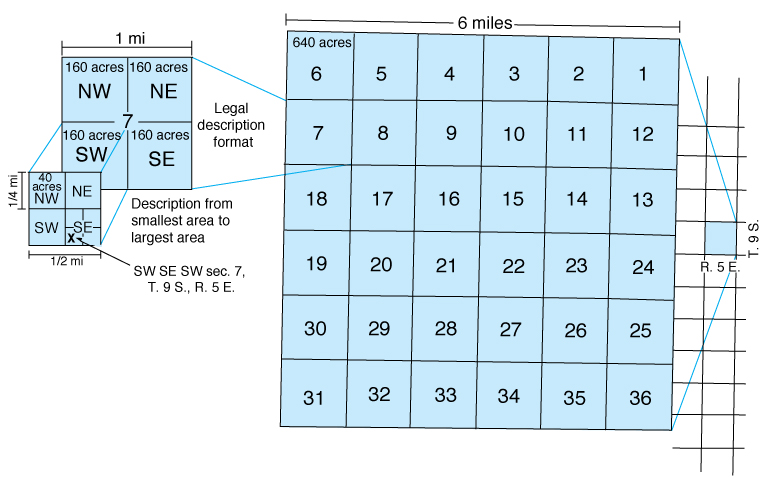

The 1920 census, however, did not ask about unemployment on the day of the census, nor did it ask about service in the Union or Confederate army or navy. The format and information in the 1920 census schedules closely resemble that of the 1910 census. There was no separate Indian schedule for 1920. The states are arranged alphabetically however, Alaska, Guam and American Samoa, Hawaii, military and naval schedules, the Panama Canal, Puerto Rico, and the Virgin Islands (taken in 1917) are listed last.

The 1920 census schedules are arranged by state or territory, and thereunder by county, and finally by enumeration district. The department argued that harvests would be completed and information about the harvests fresh in farmers' minds, and more people would be at home in January than in April. The Department of Agriculture had requested that the date be changed from the traditional spring/early summer dates to January. On January 2, 1920, at 9:00 a.m., the Bureau of the Census began taking the 14th decennial census of the United States. For information about fees and the ordering of these catalogs, please contact Publications Distribution (NECD), National Archives, Room G9, Seventh and Pennsylvania Avenue, NW, Washington, DC 20408 telephone 20 or toll-free 1-86. Printed versions of these catalogs can also be ordered. This catalog supplements the Federal Population Censuses, 1790-1890, the 1900 Federal Population Census, and the 1910 Federal Population Census catalogs, which contain details for ordering copies of the population schedules for 1790-1910 and of the 1880-1910 Soundexes. The original film includes defects that affect the legibility of some frames the original schedules no longer exist. This microfilm has been reproduced by the National Archives and Records Administration from the highest quality master negatives available from the Bureau of the Census. This catalog lists the 1920 population schedules, reproduced as microfilm publication T625, and the 1920 Soundex indexes.


 0 kommentar(er)
0 kommentar(er)
